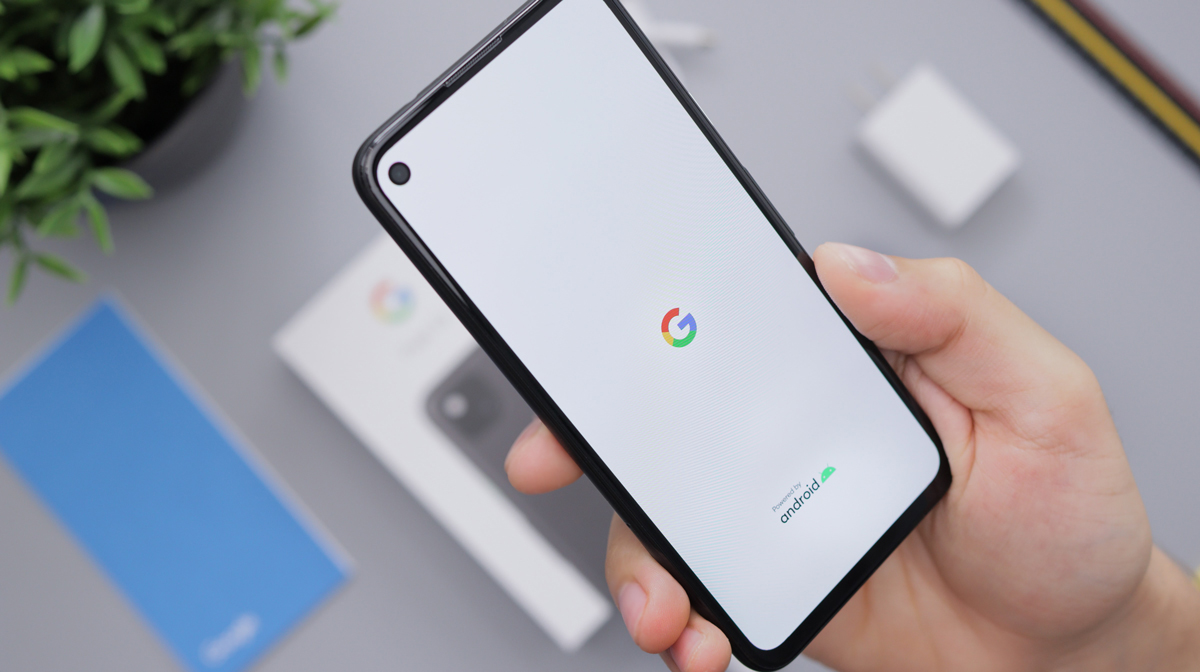
To maintain a quality online presence, websites need to adapt to modern web design standards. The qualities of an well-designed, accessible website 10 years ago are starkly different to that of a website in 2021, and it is critical for any business owner to make sure their own websites are with the times, and do not appear outdated to potential new customers.
You may be unsure as to whether your website needs refreshing – luckily, we’re here to help. Here is a checklist to help you decide whether you need a new website for your business.
Related Articles:
Pages load too slowly
Web users in 2021 are impatient – they will not wait around for your cool, flashy graphics to load, especially when most modern sites will load their full content within a couple of seconds.
Test every single one of your pages on both desktop and mobile – if you find they are taking longer than a few seconds to load completely, then you need to think about getting a new website. Not only will this drive users away from your website towards competitors, but your site will lose footing in Google’s rankings, which now take into account loading speed when determining how high up your website is placed on its search engine.
Outdated aesthetics
It may go without saying, but your website needs to look modern. No matter how well your user journey flows or how fast your pages load, customers will instantly be put off by typography, graphics and bright, obnoxious colour schemes from a bygone era.
Some examples of dated web design are:
- Dated, gimmicky fonts such as Papyrus or Brush Script
- Homepages cluttered with small, low-res images
- Deprecated media, such as Flash animation
- Unresponsive webpages (more on this in the next step!)
This rule also applies to your website’s content – if your homepage content hasn’t been updated to include current events and recent work, visitors are likely to turn away from your business as it looks old and unmaintained. The same standard applies to your business’ social media and content updates – if you have a blog set up on the site, make sure new content is published regularly so that customers can see the website is active.

Your site is unresponsive
In the past decade we have seen a huge shift towards mobile web browsing, as phones become more and more powerful and versatile. Mobile traffic now makes up more than half of all web traffic globally – business owners can no longer get away with a website that works well on desktop, but not on mobile and tablet devices.
There are several factors to ensure a good mobile experience, such as:
- Making sure your images scale correctly, and are optimised for online browsing (i.e. a low filesize to ensure they load quickly on devices using mobile data).
- Your text scales down to fit mobile screens – it should never lead off-screen, and your screen should not be taken up by lettering that is too large.
- Webpage elements and sections should stack in a cohesive manner – for example, a contact form section appearing before your information sections will only confuse new visitors and lose you valuable conversions. A section with several elements (e.g. a ‘Staff’ section with four staff member listings) should stack its elements one under the other, so that users on small phone screens can read each part with ease.
Your website no longer works with current branding
All successful businesses must adapt with the times – we have seen several major global brands adjust their brand identity over the years. As the years pass, it is important to know if your business’ current branding is still suitable for your target demographic, as well as knowing when it is the right time to make changes.
If your business has recently undergone a change in branding, inspect your website to make sure it still falls in line with your new brand direction – if not, it’s time for a new website! If new customers notice that your website branding differs from your general brand, they will be confused as to what message your business is trying to send to them.

Not getting traffic from Google.
Search Engine Optimisation (SEO) refers to adjusting your website so that it can score higher within Google’s page-ranking algorithm. The better your website is optimised, the higher up it will display when someone searches keywords relevant to your business. There are two types of – on-site SEO (making changes to your own website content) and off-site SEO (other pages providing links to your own website to boost traffic, such as link building or social media).
If your website is not ranking highly on search engines, it may be time for a fresh redesign alongside a well-planned SEO strategy. It is always best to take SEO into account early, as it means you will have to make less changes throughout the rest of the design process.
Can’t update your own content
Most modern websites implement some form of ‘content management’. A content management system allows the site owner to publish and modify content such as webpage text, images and blog posts, without needing to contact the web developer to make such changes.
Using an outdated system may not allow you to update your website as frequently as you wish, and you could find yourself spending lots of time and money trying to contact your web design agency. Google’s search algorithm rewards sites that update their content frequently, so if your content management process is too time-consuming it may be the right time to consider a redesign.

High bounce rate
A website’s ‘bounce rate’ is defined as the proportion of your website visitors who only view the homepage before moving on. You will want your bounce rate to be as low as possible, as a low rate indicates that new users are navigating to your other pages and hence are more likely to be interested in your services.
A high bounce rate (around 70-90% of your website traffic) indicates that the sheer majority of your website visitors are leaving your site upon arriving at the homepage. This may be down to outdated web design, slow loading times or they have found a competitor’s website to be more useful. This is a cause for concern, and a new website may be the strongest solution to ensure you engage more customers in the future.
If you are looking to build or redesign a website, then Reactive Graphics can help. Get in touch with us today to see how we can get your project off the ground!


